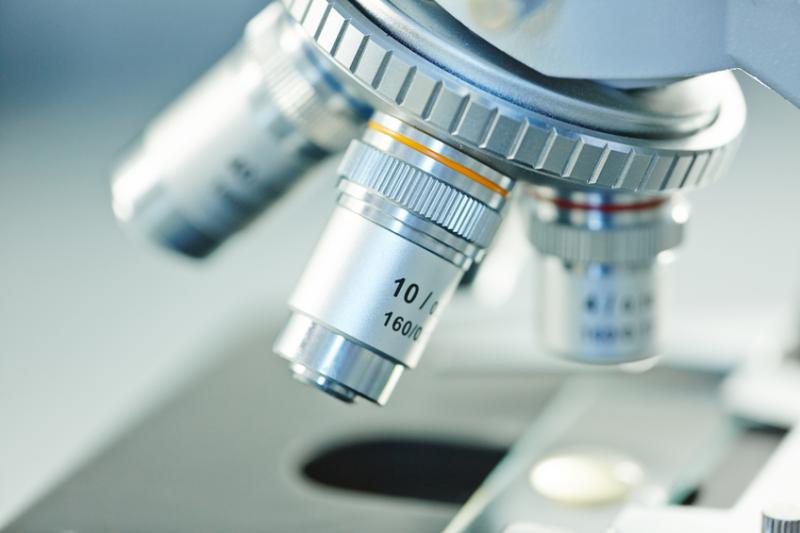
This article appeared in Clinical Practice Today.
In January 2016, Duke investigators began enrolling patients in a multisite, randomized, placebo-controlled, phase 2 clinical trial to test the effectiveness of autologous umbilical cord blood (UCB) cell infusions in neonates with moderate to severe hypoxic ischemic encephalopathy (HIE; NCT02612155).
The current trial is a follow-up study to a previously conducted, small, phase 1 clinical trial (NCT00593242) conducted at Duke from 2009 to 2012 that demonstrated the feasibility and safety of intravenous autologous UCB cell infusions in neonates with HIE. The results of that study were published in the May 2014 issue of the Journal of Pediatrics.
During a 3-year period, Duke will continue to enroll patients, and 12 additional study sites will be added. The study seeks to enroll up to 160 patients, depending on the results of a planned interim analysis.
To analyze the effectiveness of UCB transplant in treating HIE, study participants will be divided into 2 groups. One group (50%) will receive 2 doses of volume- and red blood cell–reduced autologous UCB cell infusions in the first 48 postnatal hours. The second group (50%) will receive placebo infusions. Both groups will be treated with therapeutic hypothermia, which is standard of care for neonates with moderate to severe HIE.
C. Michael Cotten, MD, director of Neonatology Clinical Research at Duke and principal investigator on the phase 1/2 trials, explains that his previous studies, among others, have demonstrated that, even with moderate hypothermia, more than one-third of infants born with HIE will die or survive with impairment.
The idea to test the utility of UCB as an adjunct therapy arose from research on cord blood transplantation in children with inherited metabolic diseases conducted by Joanne Kurtzberg, MD, an expert in pediatric blood and bone marrow transplantation at Duke and director of the Carolinas Cord Blood Bank.
“More than one-third is still way too many,” Cotten says. “So, when we heard that Joanne was finding evidence that cord blood may help with other brain injuries, we thought maybe it could help babies with HIE as well. We decided to team up.”
Without that close collaboration, he says, neither the phase 1 nor phase 2 trials would have been possible.
Amy Murtha, MD, the interim chair of Duke Obstetrics and Gynecology, who has been involved in both studies, adds that coordination between specialties has also been critical: “Fortunately, HIE is not common in the United States—occurring in 1 to 4 per 1,000 births—but the consequences can be devastating. Identifying an intervention that can improve outcomes is an exciting opportunity and requires a coordinated effort between the obstetrician and the neonatologist.”
Having access to the public cord blood bank Kurtzberg runs has facilitated implementation of the trials. “These studies grew out of the infrastructure that we already had in place,” Kurtzberg explains. “Everyone at Duke University Hospital is aware, for example, that moms may donate to our bank, so we just added the logistics of collecting cord blood from the sick babies to the preexisting infrastructure.”
Participants will be followed at their 1-year and, when possible, 2-year follow-up visits, during which Bayley Scales of Infant and Toddler Development (3rd edition) will be used to assess 3 neurodevelopmental outcomes: cognitive development, language development, and motor development.
If UCB infusions prove beneficial for newborns with HIE, Cotten, Kurtzberg, and Murtha agree, these infusions could easily be added to the protocol at tertiary centers that provide specialized intervention for newborns born with moderate to severe encephalopathy.
“It’s really exciting to think that we could help kids in a major way with what could be a pretty simple intervention,” Cotten says.